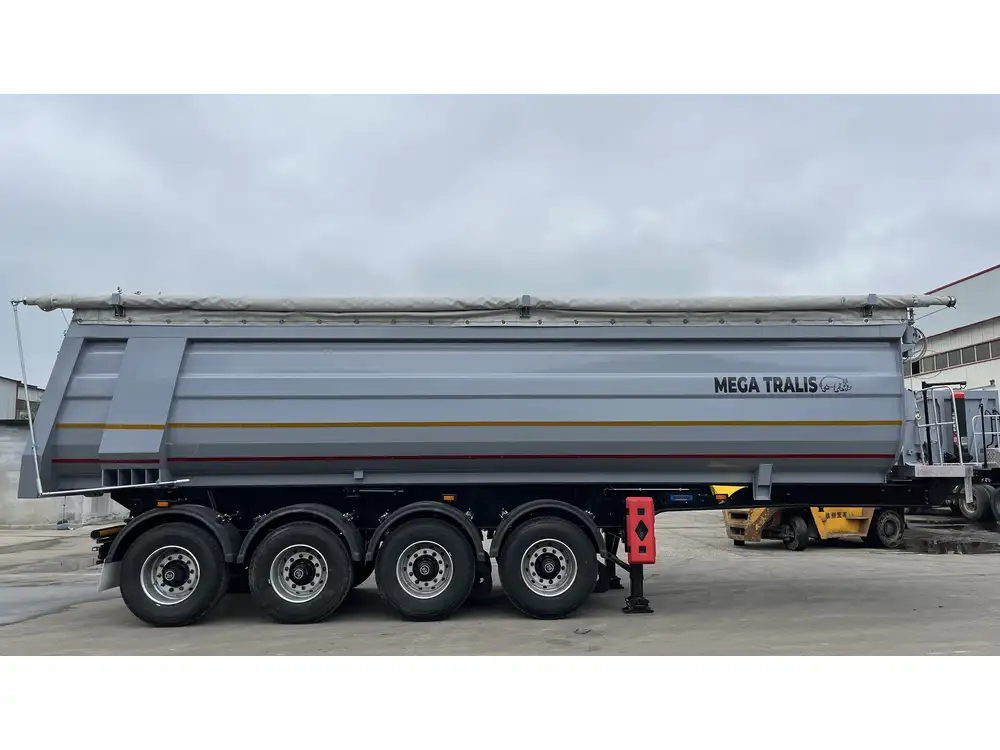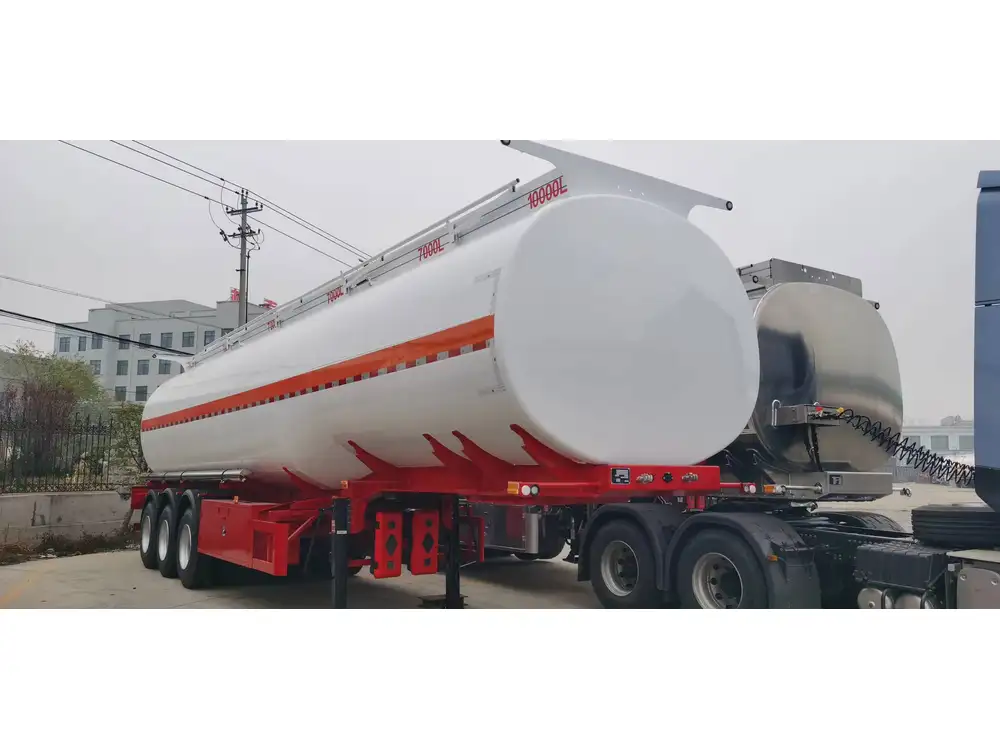When considering the logistics of transporting your vehicle, it’s critical to understand the weight limits that govern the use of U-Haul car trailers. This knowledge not only ensures compliance with safety standards but also facilitates effective planning for your move, minimizing the risk of damage or accidents. In this comprehensive article, we delve into the specifics of how much weight a U-Haul car trailer can carry, the implications of these capacities, and strategic considerations for users.
1. Overview of U-Haul Car Trailers
U-Haul offers a variety of car trailers designed to assist customers in moving their vehicles safely from one location to another. Below is a simplified comparison of the primary trailer options available:
| Trailer Type | Maximum Capacity | Weight of Trailer | Vehicle Size Suitability |
|---|---|---|---|
| Tow Dolly | 4,250 lbs | 2,200 lbs | Front-wheel drive vehicles |
| Car Trailer | 7,500 lbs | 3,100 lbs | All vehicle types |
1.1 Specifications and Design
U-Haul’s car trailers include two main types: Tow Dollies and Car Trailers. The Tow Dolly is designed specifically for front-wheel drive vehicles, while the Car Trailer caters to a broader range of vehicle types, including rear-wheel and all-wheel drive vehicles. Understanding the specifics of each option is crucial for ensuring you select a trailer that meets both your vehicle’s and your transport needs.

2. Deep Dive: Weight Capacities Explained
2.1 Tow Dolly: Weight Capacity and Limitations
- Maximum Capacity: The Tow Dolly can carry up to 4,250 lbs, making it suitable for most compact and mid-sized vehicles.
- Trailer Weight: Weighing around 2,200 lbs means the net capacity for your vehicle is approximately 2,050 lbs.
This capacity is ideal for cars like Honda Civics or Ford Fusions. However, it’s essential to consider the combined weight of your vehicle and any additional cargo to avoid exceeding the maximum load.
2.1.1 Challenges with Tow Dollies
Using a Tow Dolly, you must ensure proper loading and balance, as improper weight distribution can lead to steering difficulties and increased tire wear. Furthermore, not all vehicles are compatible, especially those with rear-wheel or all-wheel drive, as these may require a full car trailer instead.

2.2 Car Trailer: Maximum Weight Capacity
- Maximum Capacity: The Car Trailer can accommodate up to 7,500 lbs, a significant improvement over the Tow Dolly.
- Trailer Weight: Given that the trailer itself weighs about 3,100 lbs, this leaves a net capacity of 4,400 lbs for your vehicle.
This type of trailer is suitable for larger vehicles and trucks, such as Ford F-150s.
2.2.1 Considerations for Car Trailers
Using a full car trailer provides more versatility. Nonetheless, one must still strategically load the vehicle to maintain balanced weight distribution. Underloading or overloading can lead to issues with handling, braking, and may also void insurance policies in case of an accident.
3. Choosing the Right Trailer for Your Vehicle
Selecting the appropriate trailer is not only about understanding how much weight can be carried but also considering:
- Vehicle Type: sedans versus SUVs versus trucks.
- Distance of Travel: Long-distance moves may require more robust solutions due to wear and tear.
- Road Conditions: The state of roads can affect how weight is distributed during transportation.
- Local Regulations: Some states or regions may have specific requirements for towing and weight limits.

3.1 Common Vehicle Types and Trailer Compatibility
| Vehicle Type | Preferred Trailer | Weight Considerations |
|---|---|---|
| Compact Cars | Tow Dolly | Generally under 2,000 lbs |
| Midsize Cars | Tow Dolly | Fit well within the 4,250 lb limit |
| SUVs and Minivans | Car Trailer | Must not exceed 4,400 lbs in net weight |
| Pickup Trucks | Car Trailer | Suitable for larger load capacities |
3.2 Seeing the Bigger Picture
When selecting a trailer, consider the overall weight of the load, which includes personal items within the vehicle. as the cargo can drastically affect the overall weight, potentially leading to exceeding legal limits.
4. Legal Implications and Best Practices

4.1 Road Safety Regulations
It is crucial to comply with local towing laws, including maximum weight limits. Regular checks on the trailer’s coupling and safety equipment help ensure safety compliance.
4.2 Best Practices in Weight Distribution
- Load Balance: Evenly distribute weight across the trailer to prevent swaying or fishtailing.
- Secure Load: Ensure all cargo is secured properly to avoid movement during transit.
- Check Tongue Weight: Ideally, the tongue weight should be around 10%-15% of the total trailer weight for balanced towing.
| Tip | Description |
|---|---|
| Keep it Level | Maintain level loading to enhance handling. |
| Tighten Straps | Regularly check and tighten any cargo restraints. |
| Inspect Before Departure | Conduct pre-trip inspections on both the vehicle and trailer. |
5. FAQs about U-Haul Car Trailers

5.1 How do I determine the weight of my vehicle?
Utilize your vehicle’s owner’s manual or weigh the car at a public scale to ascertain its weight.
5.2 Can I tow more than the maximum weight?
No, exceeding the weight limits not only infringes on legal constraints but increases the risk of accidents and vehicle damage.
5.3 Are there additional costs associated with renting a trailer?
Yes, factors such as required equipment (hitches, brake lights) and mileage can contribute to the overall rental cost.

5.4 What should I do if my vehicle exceeds weight limits?
Consider using multiple trips, a larger trailer, or transporting your vehicle through professional services that can handle heavier loads.
6. Final Thoughts on U-Haul Car Trailer Capacities
Understanding the specifications, limitations, and best practices surrounding U-Haul car trailers is essential for a safe and efficient vehicle transport experience. By considering weight capacities, vehicle types, and legal regulations, users can ensure they select the right equipment for their needs. Proper planning and compliance will not only enhance safety but also guarantee that your precious vehicle arrives at its destination without incident.
By adhering to these guidelines and leveraging the insights provided within this article, you can approach your next move with confidence, ensuring both the safety of your vehicle and peace of mind throughout the transport process.



